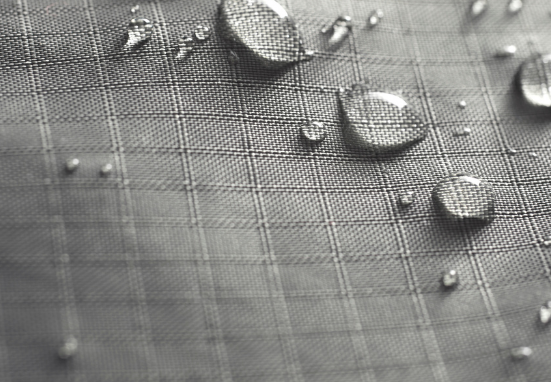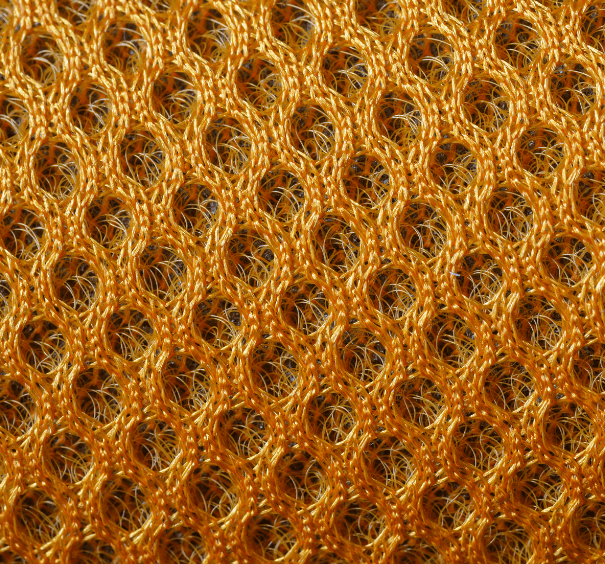What Underwear Material Is Best for Men? Because What Touches Your Balls Matters
Men can all vouch for the fact that their balls are sensitive, and when it hurts, it hurts A LOT. So it is only understandable that you should be picky about what touches your testicles the most. We’re talking about the fabric of your underwear, aka underwear material.
Why Underwear Materials Matter
The underwear is one of the most important items that goes on your body, and it is designed to protect one of the body’s most delicate organs from external environments. This includes the rougher types of fabric that our clothing is made of such as denim. Hence the reason why one of the main problems of going commando is chafing against clothing fabric.
So let’s take a look at different types of underwear material and see what pros and cons are offered by each one.
Cotton

Cotton underwear can be quite nice. It’s soft and hygienic. Underwear made with this natural fiber tends to be comfortable. It also has tiny pores that allow quite a bit of breathing, which means it’s gonna be well ventilated down there. Not to mention, it’s moisture absorbent. All in all, cotton makes for high quality underwear that is comfortable to wear.
There are however many downsides to cotton. One is that maintenance is tricky. You always have to worry about shrinkage, and it can get quite abrasive when you wear it while exercising.
Also, cotton can absorb a lot of sweat, meaning that it sticks to your body under humid conditions. And that leads to irritation, which in turn can cause a lot of problems for you, including discomfort, itching, and even infection. You may find yourself replacing cotton underwear more often than other types of underwear.
Nylon

Nylon is a name for a family of synthetic polymers that can be processed into fibers, films or other various shapes. It’s a versatile type of fabric and along with other many applications, it is one of the main types of underwear fabric we commonly use.
The main strengths of nylon are that its properties make it quite resistant to wear and tear. Some of its advantages include being durable, keeping its shape, retaining colour, not shrinking after wash and dry. This is the reason why it’s also used in swimwear. Even after multiple washing, nylon will stay the same. It also has low absorbency and hence dries very quickly, meaning that it’s great for those who have a problem with sweat in their crotch.
However, there are downsides to this miracle fiber. One particularly bad one is that nylon traps heat. This means that it can get really hot down there during the warmer months, and this can result in unsanitary and uncomfortable conditions in your crotch area.
Also, nylon doesn’t breathe very well, meaning that while it has low absorbency, it can also keep sweat in under certain conditions, and that is never good.
Plant-Based Cellulosic Fibers
Plant based cellulosic fibers made from bamboo offer a better alternative to other natural fibers such as cotton. Its composition consists of regenerated cellulose which is then manufactured into fabric for clothing.
Rayon is one type of cellulosic fibers and they are soft and breathable, known for their silk-like feel. It’s great for the summer months or whenever you’re going somewhere warmer. Often they will also be mixed with other fabric blends to introduce some stretchiness into the fabric.
The downsides of Rayon therefore is one that plagues other natural fabrics, which is that it absorbs moisture and shrinks easily. So machine-washing is a definite no-no for this material.

The far better type of cellulose-based fabric is called Modal, an evolution from rayon. This is by far the softest type of fabric to be used as men’s underwear. Unlike rayon it is also more durable and flexible. Understandably, it is a great option for underwear, some may even call it the best underwear material.
As with many natural fibers, Modal is a great lightweight fabric underwear for all seasons. It’s soft, it’s cozy, and yet here’s where it makes up for the downsides of natural fibers, which is that it’s resistant and strong. This one can definitely withstand machine wash and even be tumble dried. Similar to nylon, it stays true to its original properties after many washes. When in doubt, one can simply buy modal underwear for any occasions.
The downside to modal is that first, if you have any allergies to trees or tree-related elements, you might also be allergic to modal. Also, it’s relatively more expensive than other materials, but it is becoming much more affordable.
Polyester

Polyester is a synthetic material and it’s very popular in fitness gear as it is quite stretchy. It moves well with your body, and that means less irritation even under the hardest athletic conditions.
Polyester is also durable. They can be machine washed and dried, they don’t wrinkle, stretch or shrink, and they just simply last longer than your usual undies. Basically, polyester can take a lot of beating and still retain its shape. For this, a lot of people use polyester for exercises and other fitness related activities.
However, polyester has a huge downside for the environmentally-conscious, and that is that the fabric comes from petroleum byproducts. So it’s absolutely terrible for the environment. However, these days there are more eco-friendly options, so just make sure to look up the manufacturing process.
The major downfall of polyester is its poor hygiene properties. It’s intended to be used as a performance underwear, i.e. an hour or two at the gym or doing physical activities, and then taken off. This is because polyester doesn’t keep your package dry, and it tends to be much less breathable than other natural materials.
Silk

Silk underwear is slightly more unusual than other types of fabric, particularly because of its premium nature. This fiber is formed from the protein secreted by silkworms, and it has a long history of being the luxury fabric of choice.
The upsides of silk are numerous. Its texture is extremely soft, which keeps the wearer comfortable, and it has great insulation, meaning that it keeps you warm during colder months. It is also sturdy and has the greatest pull strength relative to other natural fibers. Because of the softness, it’s actually great for when you’re wearing a suit.
However, the insulation properties of silk are also its downsides. It’s a terrible conductor of heat, so it is not recommended at all for summer months unless you want to get some horrifying stink in your crotch.
Also one significant downside of silk is the obvious one. It’s expensive, and it will blow up your clothing budget. Thus, it’s best that you keep silk for special occasions.
Conclusion: Mix and Match
Having gone through all of these underwear materials, you may be wondering, well which one should I go for? The answer is that you should pick and choose which ones you should wear depending on the weather conditions and what you’re doing.

If you don’t want the hassle of hand washing, don’t buy cotton. If you are more of the active type, keep some polyester for your workouts and exercises. Add rayon for the summer months. Have nylon for the colder months. And perhaps a nice silk pair for Valentine’s or anniversaries.
OR if you don’t want to complicate it too much and want versatility and utility, then get modal - you can’t go wrong with it.
Remember, what touches your crotch matters a lot. So it makes sense for you to put some time into figuring out what fabrics work best for you under different circumstances. A little work will keep your balls happy.